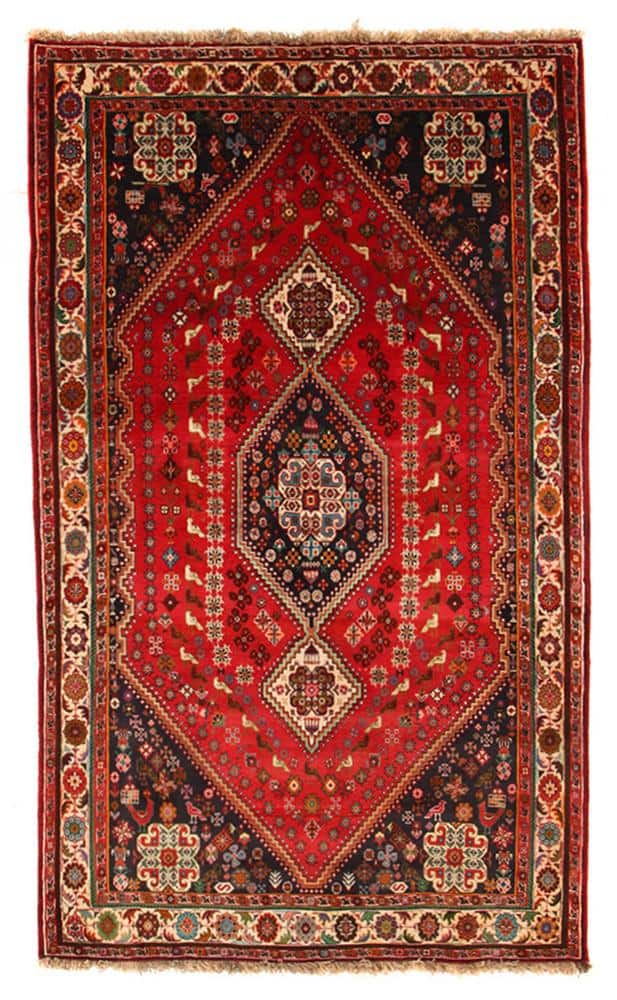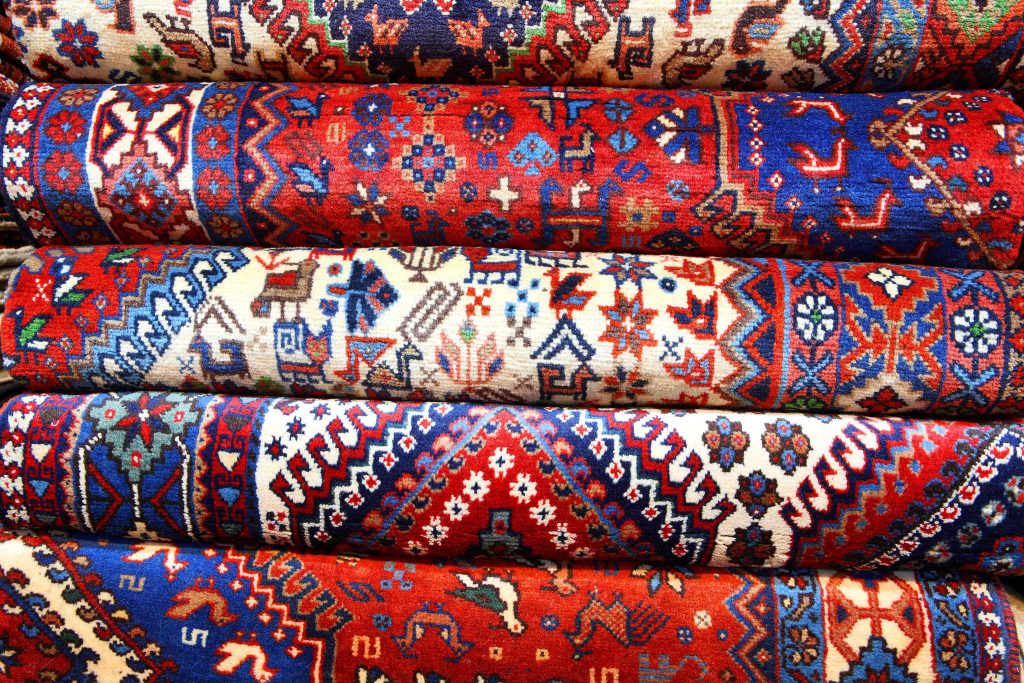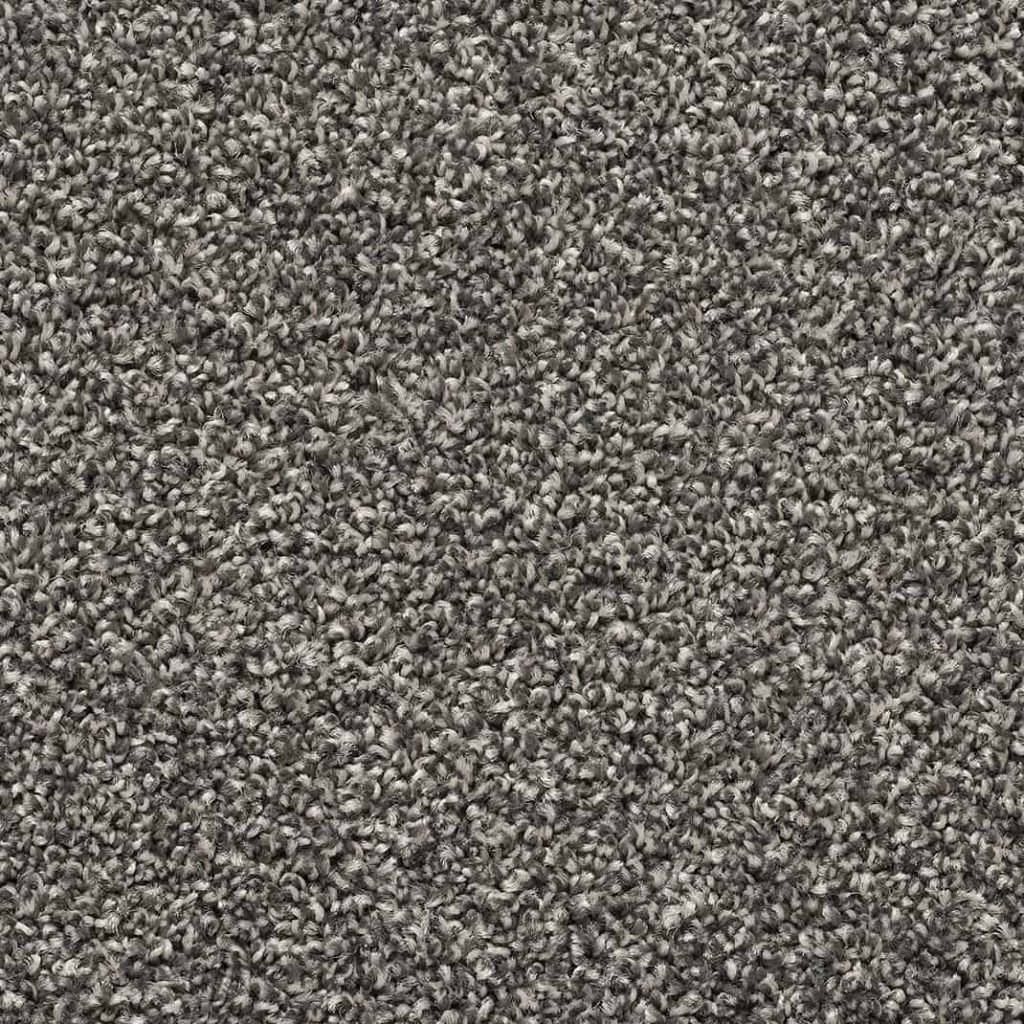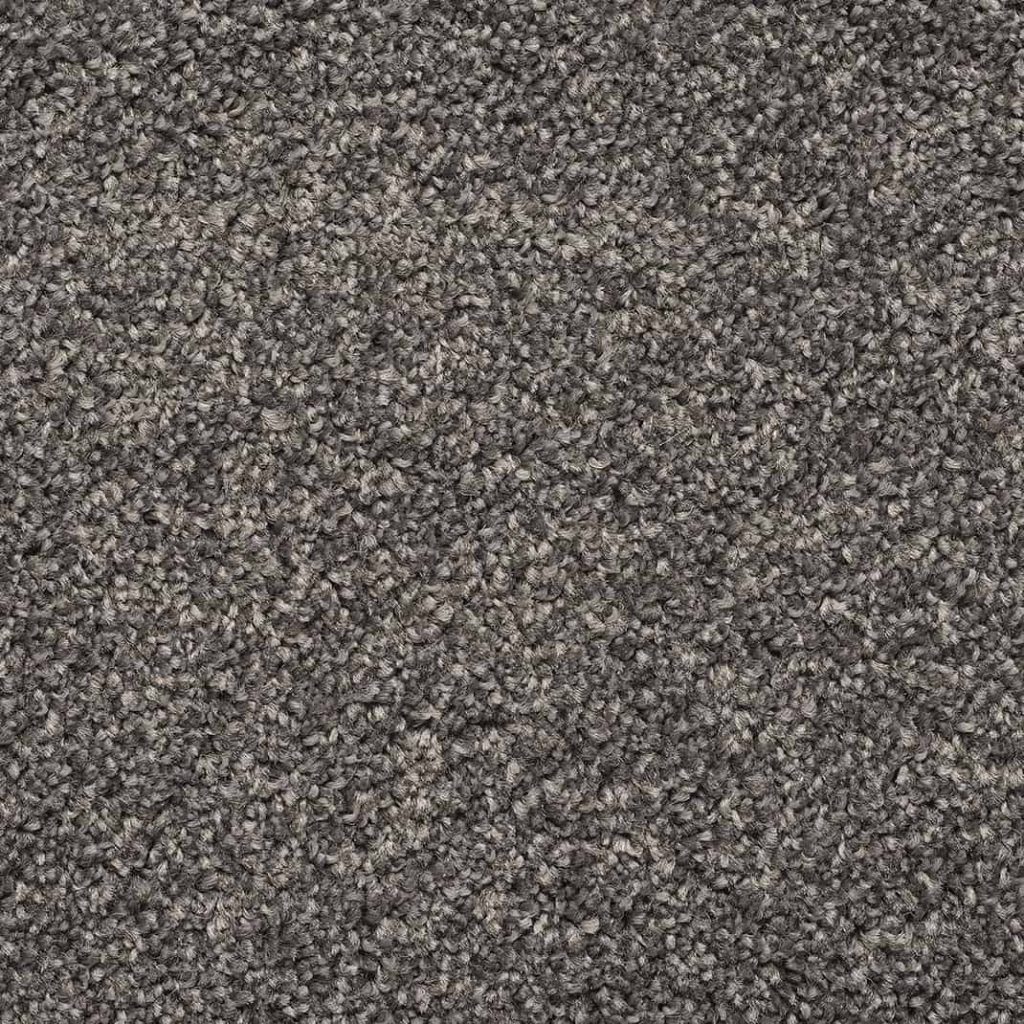If you happened to go shopping for rugs in Australia, you would likely come across an assortment of rugs that originate from different parts of the world. Any reputed supplier of rugs will offer rugs from a wide selection of countries. In addition, rugs can vary based on several other factors too. For instance, suppliers will offer handloomed rugs as well as power-loomed ones. They will also offer hand-knotted rugs and hand-tufted ones. Coming across piled and flat rugs in these showrooms can be quite commonplace as well. And, it goes without saying that rug manufacturers use a wide selection of materials for making these rugs and carpets. Hence, selecting a specific type of rug will not always be an easy task to accomplish.
As mentioned earlier, any supplier will stock an extensive range of rugs and carpets. Some of these might include Persian rugs on sale too. However, not all rugs classified as Persian rugs will actually originate from Persia. Ideally, a Persian rug will come from Iran only. But, some unscrupulous sellers can attempt to pass off rugs from the Near, Middle and Far East countries as Persian rugs too. An old maxim suggests that imitation can be the sincerest form of flattery. This applies in the case of Persian rugs as well. The popularity and appeal of these rugs has resulted in many rug-weaving establishments mimicking them. Naturally, these rugs might look similar to their authentic Persian counterparts. But, they will not offer the longevity and timelessly classic look that Persian rugs offer. Having said that, the relatively low cost of labour and materials will make these rugs more affordable than authentic Persian rugs.
Persian or Iranian rugs often feature superlative varieties of Iranian wool. The look and feel of these wools can be stupendous. And, when combined with the superior level of craftsmanship that Iranian weavers offer, the result can be nigh unbeatable. In addition, many Iranian rug-making companies use an assortment of natural dyes to make their wares even more distinctive and appealing. These dyes will typically come from roots, trees, rocks, plants and leaves. The combination of these three elements results in a superlative Persian rug or carpet. It can be worth mentioning that many Persian rug knockoffs will not be cheap or poor in quality. Like authentic Persian rugs, these knockoffs will also use the same designs and materials. In addition, they will feature the hand-knotting techniques that Persian weavers still use. But, these knockoffs will lack the flair, quality and spirit that characterises genuine Persian rugs.
Finding Persian carpets for sale in any Australian neighbourhood will not be difficult. But, being aware of the elements that make up a genuine Persian rug can be important. These rugs have become very popular because of their luxurious look and feel. These rugs also make superb hard-wearing floor coverings. Any Persian rug will denote a hand-knotted rug. This means that a weaver will tie each knot in the carpet by hand around threads strung around the loom. A Persian rug will also feature a traditional central medallion that can be easy to identify, along with a surrounding floral design and a border. Most Persian rugs come in red, blue and cream colours. On the contrary, a rug made in India could appear chunky. In addition, the wool used for making the rug will not be as luxurious as the variety of wool that Iranian weavers use. Rather, the wool used for making rugs in India could be chunky. Similarly, a Chinese rug will appear meticulous and thus, machine-made.
For more information, contact Sydney Art Flooring today.





